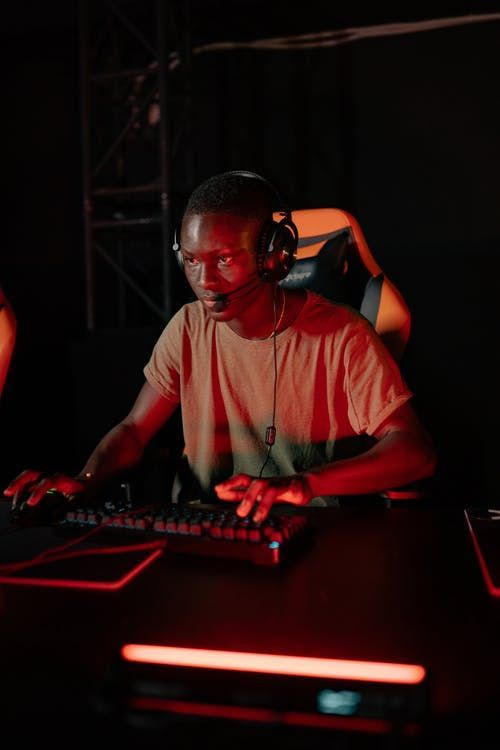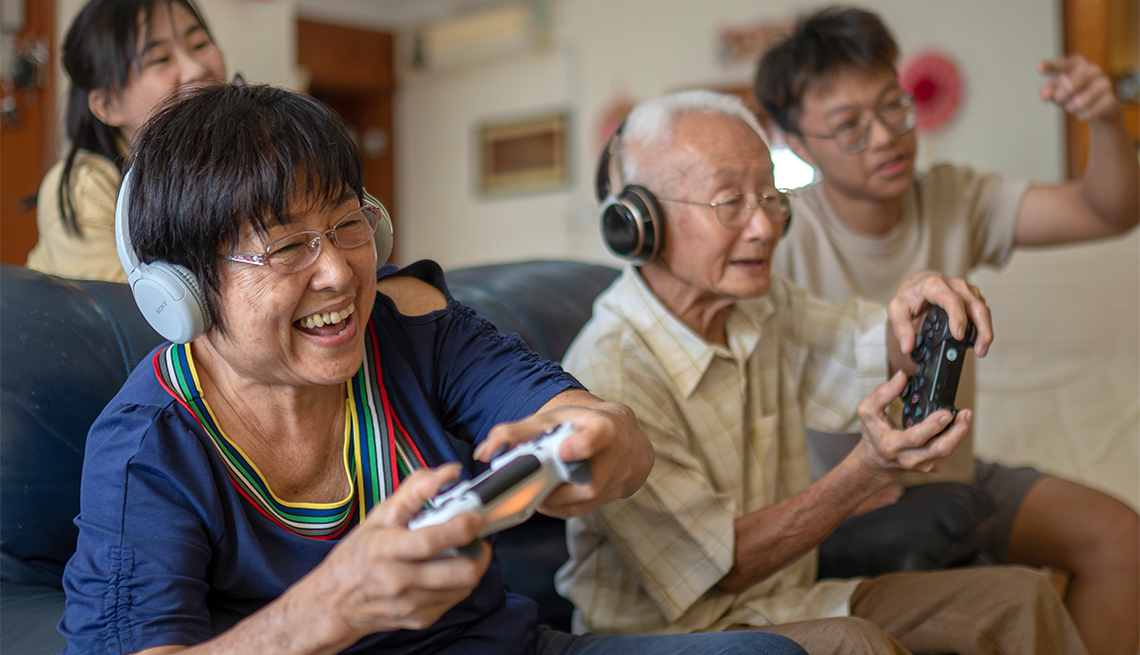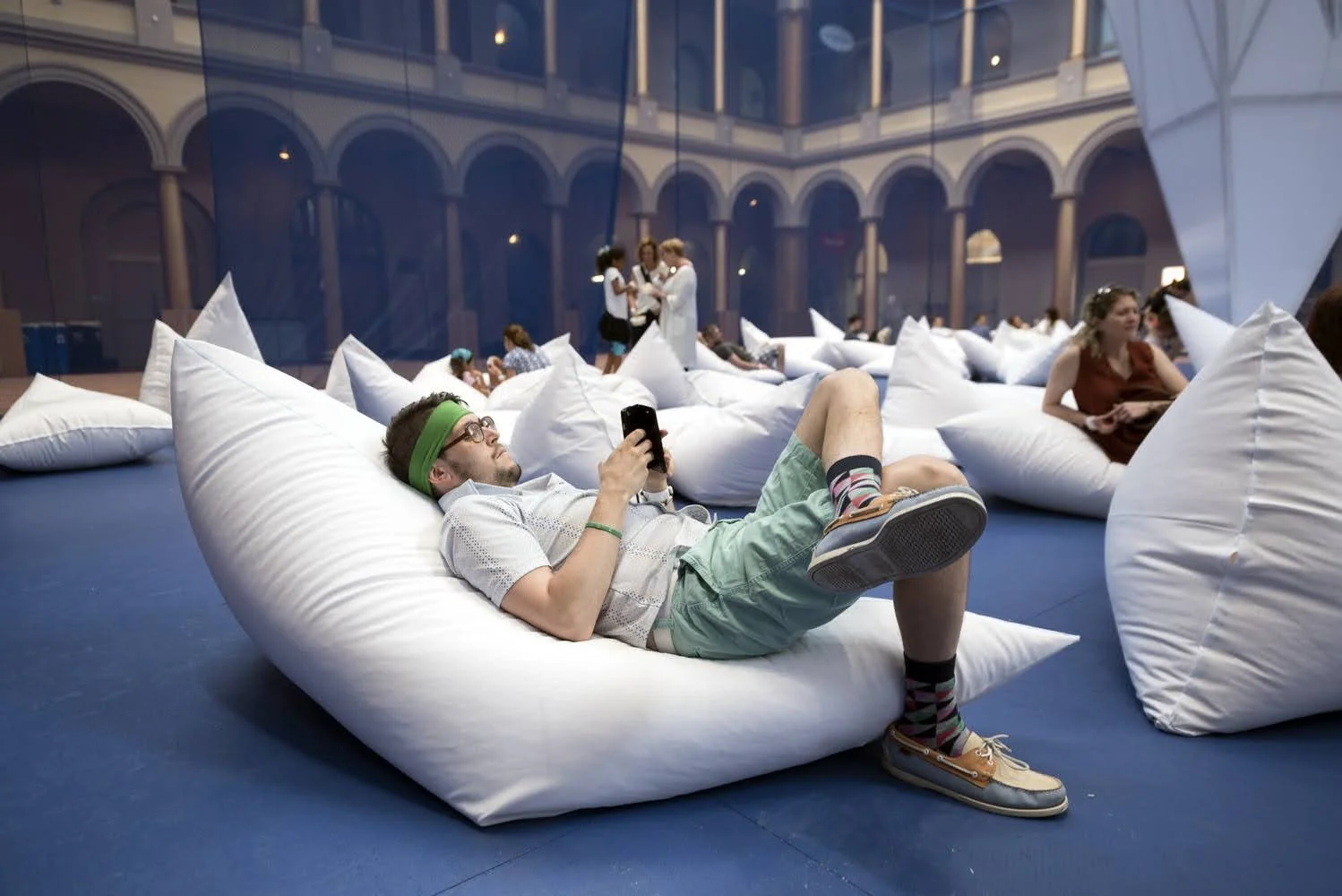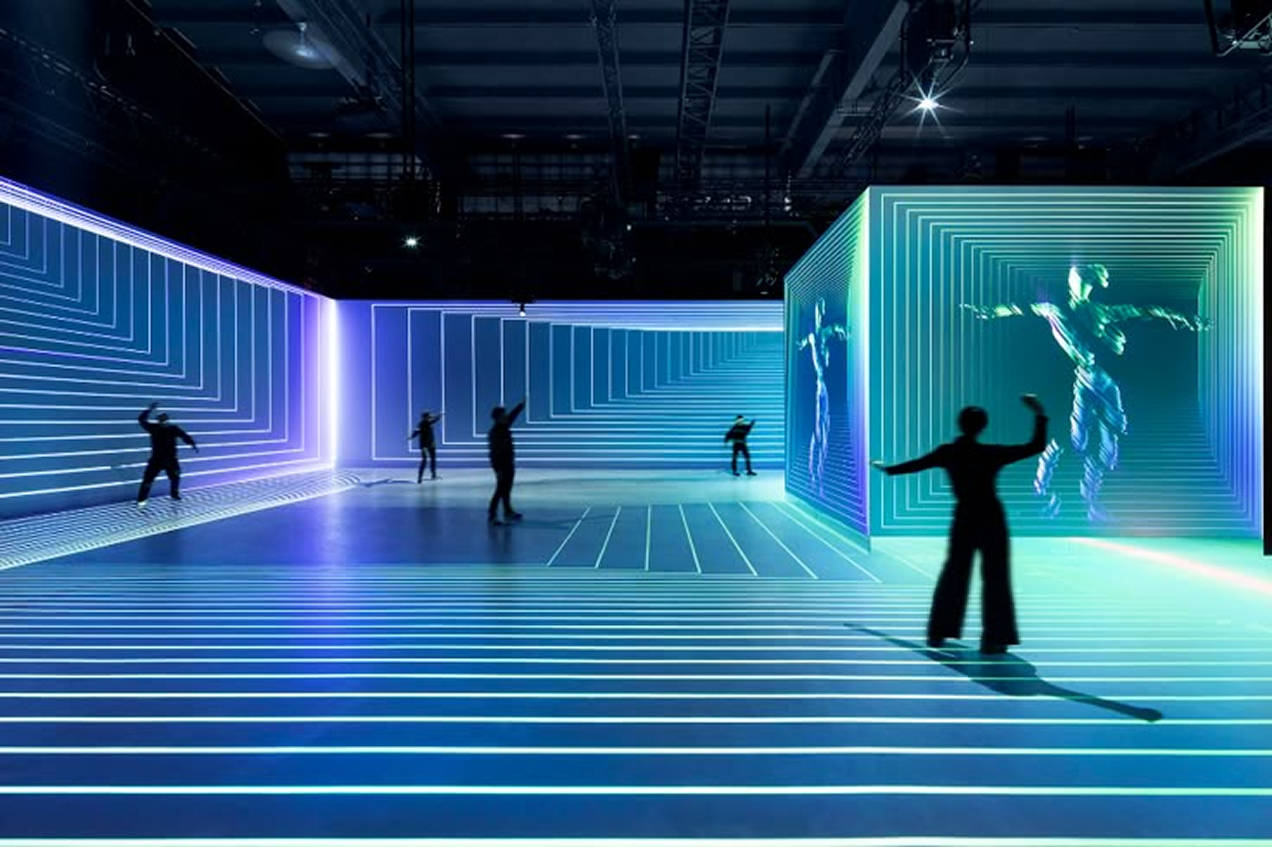Course: “Brand Storytelling” led by Melanie Wiesenthal for SVA Master’s in Branding
Role: Brand Strategist
Team: Julia Taylor-Brown, Lynne Rennie, Srushti Pokerna
GameStop
CONTEXT
Founded in 1984, GameStop is a legacy video game and electronics retailer with over 4,000 physical stores globally. It’s best known for its buy/sell/trade retail model, which offers new and pre-owned games, consoles, and collectibles. Over its forty-one-year history, a digital revolution has driven major cultural shifts, changing how people consume, socialize, and play. In 2021, the brand became a cultural touchstone when it became a historic meme stock.
THE CHALLENGE
The current GameStop in-store retail experience reflects the past—rooted in physical media—and has not adapted to cultural and market shifts. Stuck between its nostalgic roots and an uncertain digital future, GameStop lacks a compelling reason for gamers to visit physical stores and fails to provide a distinctive online product offering.
OPPORTUNITY
Reposition GameStop from a declining retail chain into a culturally relevant, community-driven brand that delivers experiential value to gamers.
Skills: Brand Strategy, Strategic Research, Positioning, Audience Insights, Cultural + Trend Analysis, Competitive Analysis, Creative Strategy, Pitch Development, Narrative Oversight.Consumer Research
Research methods include competitive analysis, audience interviews, audience psychographics, social listening, desk research, and cultural analysis.
The following insights drove our strategy.
It’s increasingly difficult to game together IRL.
Contemporary games require separate consoles and no longer offer multiplayer options, which increases profit for gaming companies, while creating loneliness and isolation for consumers—at a time, when people crave connection in the post-pandemic period.
Everyone is a gamer.
84% of internet users aged 16-64 are considered “gamers” —meaning they use a console, PC, mobile, or other device to play games. Source: Dentsu 2024 State of Gaming Report
Regular gaming partners are hard to find.
While many video games require teams, it is tough to find regular gaming partners. We found that typical issues of overscheduling and time zones limit community building as well as trolling and the perils of what anonymity enables in online behavior.
Audience Insights
We identified three types of modern gamers: super players, casual players, and gaming fans. Casual gamers, in particular, offer a significant growth opportunity.
Super Players
Super players are those one would typically associate with gaming culture: the self-identified super nerds, esports athletes, celebrity streamers, and gaming influencers. They are constantly online, and they invest in the best gear—for this group, gaming is an important part of their identity.
Casual Gamers
Casual gamers don’t play regularly, but enjoy gaming as a social or family activity. They might play games casually on their phones. Casual gamers include parents, older adults, and women—a lot of people who don’t consider themselves gamers yet still play video and mobile games.
Gaming Fans
Gaming fans are a growing cohort who watch streamers play and show up en masse at gaming tournaments, events, and conferences like Comic Con. Gaming is a culture, with brand potential far beyond the gameplay itself.
Positioning
GameStop preserves and evolves gaming culture for all players, everywhere. GameStop builds welcoming spaces — both physical and digital — for all gamers to plug in, play, and explore together:
United by Play.
United by Play
*
United by Play *
GameStop is more than a store—it’s a portal into gaming culture.
A living game world, where retail is reimagined as a hands-on museum. Part store, part playground where games, worlds, and characters come to life with color, whimsy, and world-building.
After dark, GameStop transforms into a neon-lit, gamified landscape of immersive escapism and nightlife.
Creative Executions
The United by Play strategy was implemented across all brand touchpoints, transforming traditional retail storefronts into gaming hubs that resonate with a diverse gamer audience.
Light Mode
GameStop’s new branding and immersive in-store experience actively shifts between light and dark, day and night, family-friendly and adults-only, creating an elevated and ownable identity. By day, our stores become vibrant community playgrounds—welcoming families, young gamers, and curious newcomers.
Dark Mode
After dark, the space shifts—lighting dims, colors deepen, and the mood turns immersive and edgy. This after-hours identity caters to seasoned gamers, late-night tournaments, and adult-only events.
GameStop Airport Lounge Membership
This is GameStop’s members-only airport lounge, where travelers can plug in, power up, and play. The lounge is a relaxed social hub with moody lighting, arcade games, and a full bar. Designed to help travelers unwind—whether they’re flying solo or looking for group play—offering a memorable way to pass the time between flights.
Website Redesign and Mobile App Development
Shifting between light and dark modes depending on time of use, an updated digital platform will actively showcase GameStop’s new plugged-in, friendly, and exploratory tone. A new mobile app will enable players to order games, equipment, and passes. An exclusive delivery partnership with Uber Eats will provide gamers with access to the games and equipment they want, all without leaving their couch.









